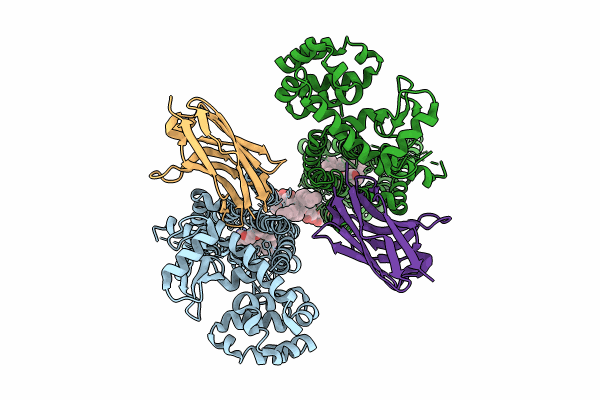
Deposition Date
2024-02-19
Release Date
2024-07-17
Last Version Date
2024-11-13
Entry Detail
PDB ID:
8W1V
Keywords:
Title:
The beta2 adrenergic receptor bound to a bitopic ligand
Biological Source:
Source Organism:
Homo sapiens (Taxon ID: 9606)
Lama glama (Taxon ID: 9844)
Lama glama (Taxon ID: 9844)
Host Organism:
Method Details:
Experimental Method:
Resolution:
3.00 Å
R-Value Free:
0.29
R-Value Work:
0.24
R-Value Observed:
0.25
Space Group:
P 1 21 1


